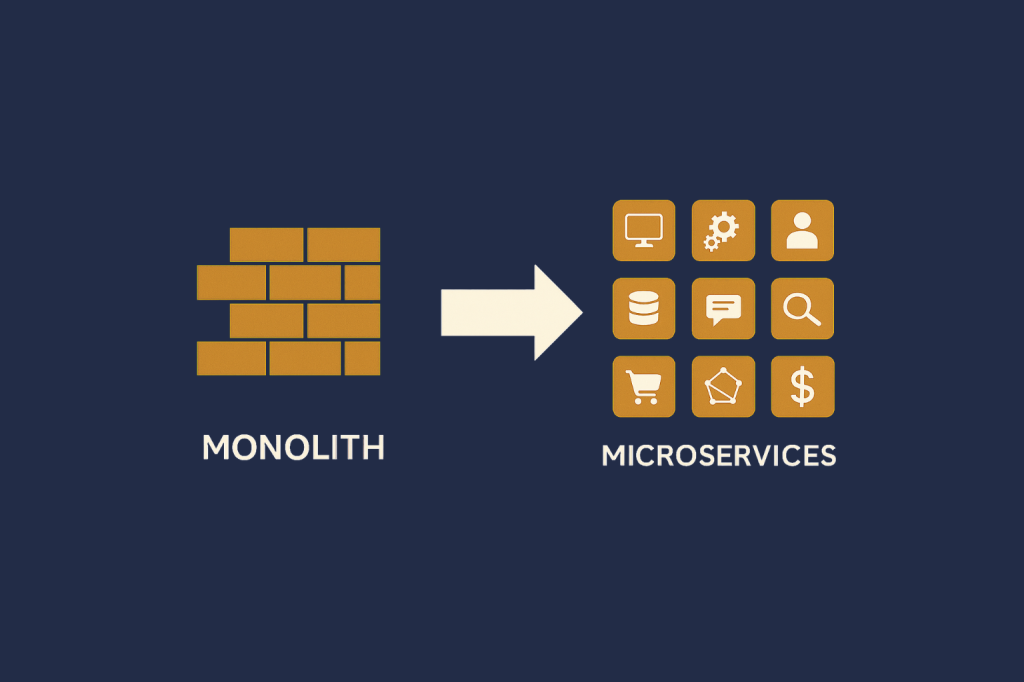In today’s fast-paced digital world, the demand for faster, more reliable software delivery has made Continuous Integration and Continuous Deployment (CI/CD) a cornerstone of agile development practices. Whether you’re new to CI/CD or already using it and looking to make improvements, understanding these practices can completely change the way your team approaches software development.
At Curotec, we’ve had firsthand experience with the impact that a well-implemented CI/CD process can have—from speeding up development cycles to enhancing teamwork, code reliability, and even customer satisfaction. So, let’s explore the essentials of CI/CD, its key benefits, and some tried-and-true best practices to help you get the most out of it.
What is CI/CD, Exactly?
To put it simply, CI/CD is the practice of frequently integrating code changes and deploying them to production in a way that minimizes errors and maximizes efficiency. It’s split into two main ideas:
- Continuous Integration (CI) – Developers integrate code into a shared repository several times a day. Each code addition triggers an automated build and tests, allowing teams to detect issues early and maintain a stable codebase.
- Continuous Deployment (CD) – After integration, CD automates the deployment of tested changes to production or other environments, reducing the need for manual approvals or actions in the pipeline.
Combined, these processes form a pipeline that accelerates and de-risks the development cycle, allowing organizations to adapt and deliver quickly.
Why CI/CD Matters: Key Benefits
Implementing CI/CD can be a game-changer, enabling agile development practices that can significantly boost your team’s productivity and your product’s quality. Here are some of the top benefits CI/CD brings to the table:
- Faster time to market: With code tested and deployed automatically, you can release features and updates more frequently. Faster cycles allow for rapid feedback, quicker adaptations, and—ultimately—a competitive edge.
- Enhanced collaboration: CI/CD encourages a collaborative, feedback-rich environment where developers work closely with testers, DevOps engineers, and product owners. Regular integration breaks down silos, making it easier for everyone to stay on the same page.
- Higher code quality: Automated testing during each integration catches bugs early and often. This ensures that only reliable, thoroughly vetted code makes its way to production, reducing the chance of unexpected issues.
- Scalability and flexibility: CI/CD pipelines are designed to scale with your needs. They can handle everything from small code pushes to massive deployments, making them ideal for growth-oriented organizations.
👋 Looking to boost your team’s efficiency with CI/CD?
Building Blocks of a CI/CD Pipeline
Creating an efficient CI/CD pipeline involves several moving parts, each playing a crucial role in maintaining a smooth workflow:
- Source control: A robust version control system (like Git) is essential for managing code changes and ensuring all team members are working from a shared, current codebase.
- Build automation: Every change must be built so developers don’t spend valuable time manually compiling code. Automated builds make code more consistent and reduce errors caused by human oversight.
- Automated testing: Quality control is the backbone of CI/CD. Automated tests—whether unit, integration, or end-to-end—help ensure new code integrates seamlessly with existing code.
- Deployment automation: With reliable testing, deployment automation ensures that approved changes flow straight to production or staging environments without manual intervention. This keeps deployment fast and dependable, whether you’re pushing updates multiple times a day or just a few times a week.
Best Practices for a Rock-Solid CI/CD Process

Setting up CI/CD is a strategic investment in efficiency and quality. Here’s how you can make sure your pipeline is optimized:
- Commit often: Encourage small, frequent commits. This makes it easier to isolate changes, identify issues, and ensure that code moves through the pipeline smoothly. Extensive, infrequent updates can delay testing and create big headaches if something goes wrong.
- Automate everything: Wherever possible, automate. Testing, integration, and deployment should all be automated to avoid bottlenecks, prevent human error, and allow faster cycles. This leaves developers more time to focus on building and refining features.
- Monitor and optimize: Use metrics to monitor your CI/CD process. Track metrics like build success rate, deployment time, and defect escape rate. Regularly reviewing these KPIs can help you identify areas for improvement.
- Integrate security early: Known as “DevSecOps,” embedding security checks within your CI/CD pipeline protects against vulnerabilities. Automate security tests, code analysis, and vulnerability scanning alongside functionality tests.
Tooling for CI/CD Success
With CI/CD, the proper tooling makes all the difference. Here are some popular tools that support CI/CD:
- Jenkins: As one of the oldest and most flexible CI/CD tools, Jenkins has an extensive plugin ecosystem, making it adaptable to almost any environment. Its open-source nature and widespread adoption have made it a go-to for CI/CD, especially in enterprise settings.
- GitLab CI: Integrated directly into GitLab’s DevOps platform, GitLab CI is popular because it combines source control, CI/CD, and even security in a single platform. It’s especially favored by teams looking for an all-in-one solution that’s easy to manage.
- CircleCI: Known for its simplicity and cloud-native capabilities, CircleCI is widely used in startups and agile environments. Its ease of setup and speed make it ideal for teams that want a streamlined CI/CD experience without complex configurations.
These tools are frequently chosen because they cater to a wide range of use cases and are compatible with various programming languages and environments. Additionally, they support large development teams and complex workflows, which has led to broader adoption in both small businesses and large enterprises. Each tool has strengths, so choose one that aligns with your tech stack and team preferences.
Overcoming Common CI/CD Challenges
No CI/CD implementation is without its hurdles. Here are some challenges that come up often and how to address them:
- Managing complex pipelines: As pipelines grow, they can become challenging to maintain. Consider segmenting pipelines by service or feature and using templates to standardize pipeline creation.
- Integration with legacy systems: It can take a lot of work to add CI/CD to systems with older technologies. Begin by automating smaller tasks like testing, then gradually build out your CI/CD process as your legacy codebase evolves.
- Handling flaky tests: Unstable tests can undermine CI/CD efforts. Prioritize test reliability by running problematic tests separately and monitoring them over time to identify patterns.
Final Thoughts
CI/CD is more than just a set of tools and practices—it’s a mindset that can drive agility, collaboration, and quality in your development processes. By understanding the basics of CI/CD and implementing it strategically, you can open the door to faster, more reliable releases and a healthier development lifecycle.
At Curotec, we help organizations navigate the intricacies of CI/CD to maximize its benefits and align with business goals. If you’re ready to take your software delivery process to the next level, let’s talk about how CI/CD can transform your team’s capabilities.









